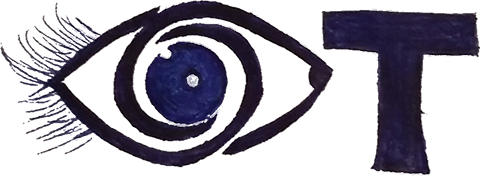Individuals who have blind areas that affect half of their visual field, the condition is known as homonymous hemianopia. This may be caused by damage to one side of the brain due to a cerebrovascular accident damaging the cortical areas. According to Schieman et al. (2007), the most effective training technique that improves functionality is the use of compensatory visual scanning.
Compensatory Visual Scanning
The therapist teaches the client to look back and forth toward the direction of the blind hemifield (saccadic like motion). This technique increases the client’s awareness of where their vision field is cut. In order for this technique to be effectively carried over, it required frequent and often repetition and training. Applying this technique during the completion of daily functional tasks and eventually carrying it over to the clients’ environment.
Schieman et al. (2007) recommends the following three steps to integrate the use of compensatory visual scanning technique in everyday life:
- Have the client look for a specific object in the room (bean bag, colored post-it note, brush, etc). This task facilitates the intentional scanning of the environment. If inattention deficit is present, taping one-half of each lens on the intact side with translucent tape will force fixate where there is inattention. Another way is to cover one0half of each lens with colored filter, this will increase the client’s awareness of field loss as he or she will see a color change when scanning.
- Applying techniques in step 1, however, in this step the client will be instructed to scan a room for potential hazards. For example, picking a pen up from the floor, avoiding liquid spillage on the floor.
- This step is the most difficult as it is going to require the visually impaired client to frequently scan in the hemifield direction. This step is to rectify the warning system of the peripheral retina. Generally, computer programs where object flies from all directions is a great way to improve the warning system at this step.
